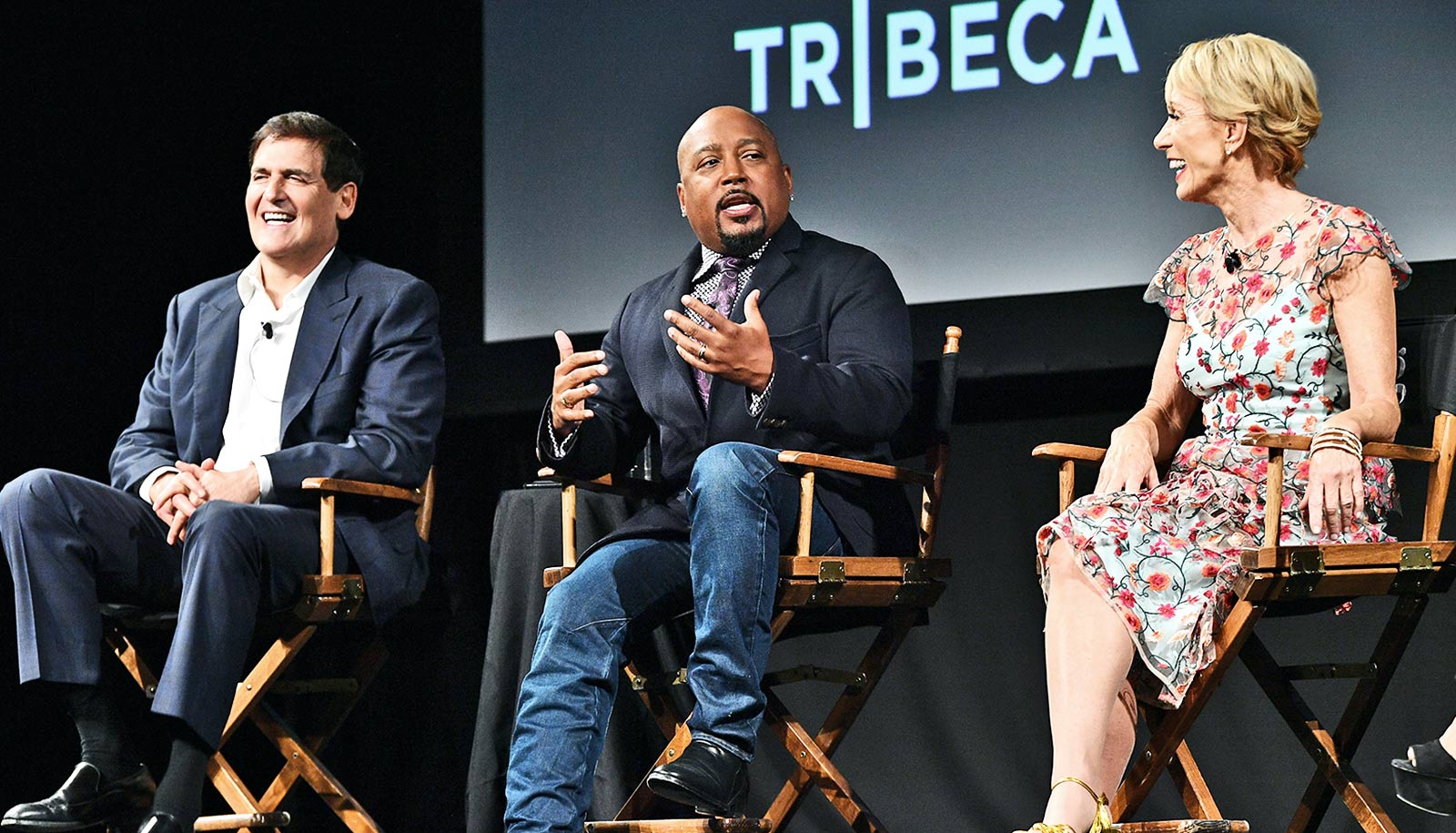A new way to help lenders make better loan decisions uses the words corporate executives speak on quarterly earnings calls to assess investment risks.
“It’s all based on language,” says Jared Jennings, associate professor of accounting at Olin Business School at Washington University in St. Louis. “Our measure captures unique attributes of credit risk that are not readily identified by existing measures.”
As it turns out, the words company officials use in quarterly earnings calls with investors and analysts can be telling.
“Our results suggest that our measure improves the ability to predict future bankruptcies, future interest spreads, and future credit rating downgrades,” Jennings says.
Evidence also suggests their measure more consistently captures a borrower’s credit risk than other methods.
Text-based credit score
The researchers call the measure the “text-based credit score,” or “TCR Score.” The TCR Score could be particularly useful when other market-based measures of a firm’s credit risk aren’t available, Jennings says. “Our analyses suggest that only about 22% of firms with long-term debt are assigned credit ratings by leading rating agencies.”
Traditional credit risk measures mostly use numerical, or quantitative, data.
Jennings and his coauthors set out to measure the spoken word. They used three machine-learning methods to create a measure of credit risk based on information disclosed in 132,060 conference call transcripts from 2003-2016.
The researchers grouped into categories hundreds of top words, phrases, and topics that their machine-learning methods identified. One method identified language associated with liquidity, debt, and performance. The other two identified phrases associated with performance, industry, and accounting.
“By connecting the language identified by the machine-learning methods to economic intuition, we are able to draw a tighter link between the construct of credit risk and our proxy,” the researchers write in their paper.
Machine learning to find investment risks
The study adds to the growing body of research using machine-learning methods to gather information from conference calls and 10-Ks to explain accruals, future cash flows, fraud, and other outcomes.
It also adds to research that examines other useful signals extracted from conference calls, such as vocal and video cues, and tone.
“We expect that practitioners and academics could use our measure to supplement existing credit risk models to obtain a more comprehensive and independent estimate of credit risk,” Jennings and co-researchers write.
The working paper is under revision for the Review of Accounting Studies.
Additional researchers from the University of Notre Dame, Purdue University, and the University of Georgia contributed to the work.



